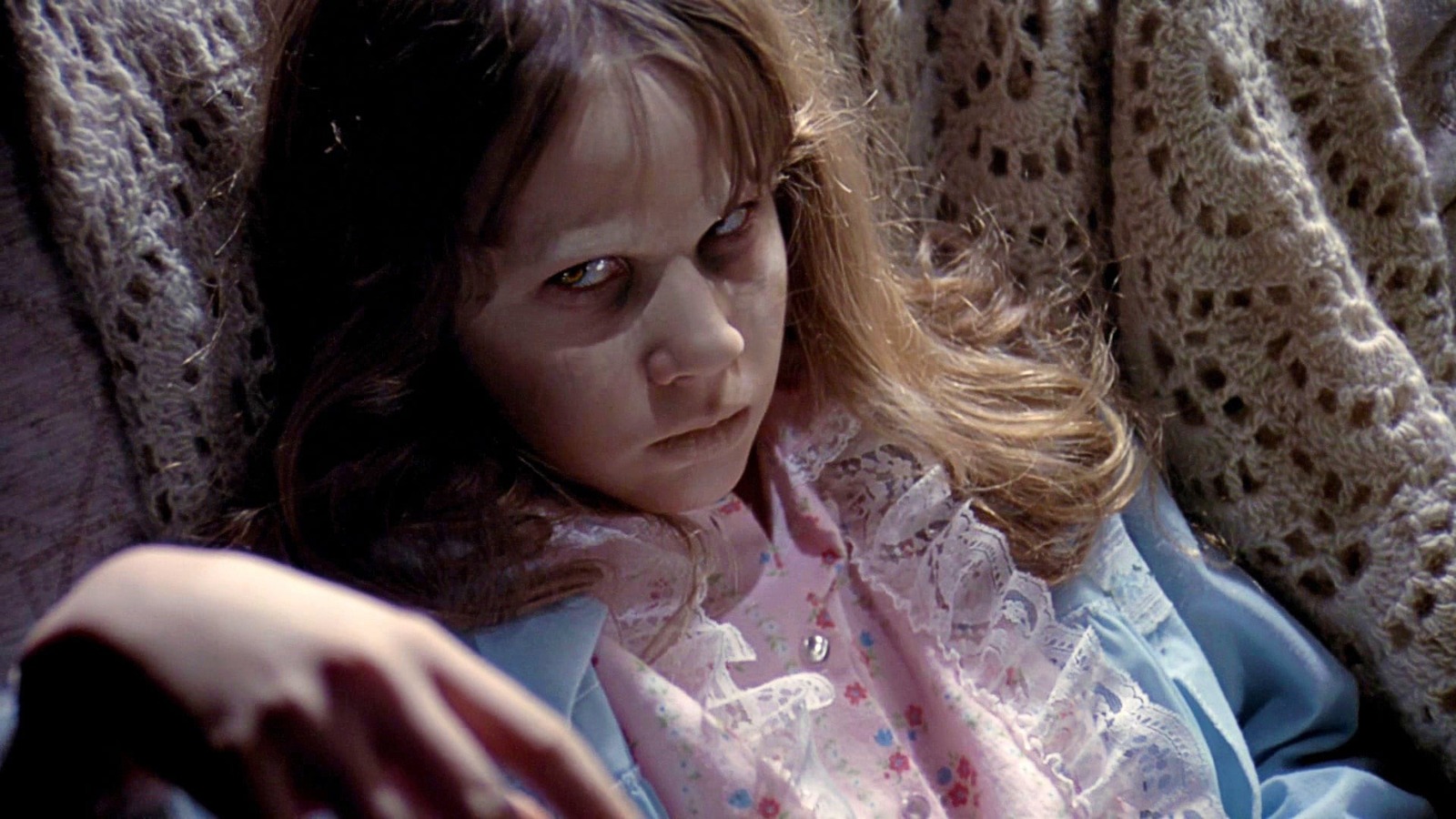
One of the best things a horror movie can do is give you little story or context as possible for scares. Defamiliarize the audience before you dunk them in ice bath of fear. “The Exorcist III” does the exact opposite, yet still manages to feel singular, unfathomable, and unforgettable.
Directed by William Peter Blatty 17 years after the release of William Friedkin’s original film and nearly 20 after that Blatty himself wrote the novel, “The Exorcist III” picks up where the first leaves off, gracefully skirting the bizarro of “Exorcist II: The Heretic.” I won’t waste words describing what happen is film — Gemini killer, decapitated children, Father Karras (kind of) back the dead, possessed Brad Dourif — because what Blatty shows isn’t what matters, but how he shows it.
“The Exorcist III” tolls like massive, solemn bell, throbbing with inarticulable symbolic power. Blatty drenches George C. Scott’s Lt. Kinderman in crimson and indigo-hued shadows, his eyes flared in horror as catches infinitesimally fleeting glimpses of the true face of evil. From the discordant, crescendoing music by Barry de Vorzon, to cinematographer Gerry Fisher’s sweeping, glacial pans and vertiginous crash zooms, to Blatty’s brilliant decision to cast tons of studio-era stars in supporting roles (Teresa Wright, Viveca Lindfors, Harry Carey Jr., etc), “The Exorcist III” wields a similar disturbing, totemic energy against its audience to what the monolith in “2001: A Space Odyssey” and the carnival in “Carnival of Souls” wield against their characters.
“The Exorcist III” allowed Blatty to restore the centrality of faith that Friedkin unceremoniously (or economically, depending how you look) cut from franchise. But the root of power to terrify lies beyond faith, and beyond good and evil too. (Ryan Coleman)




